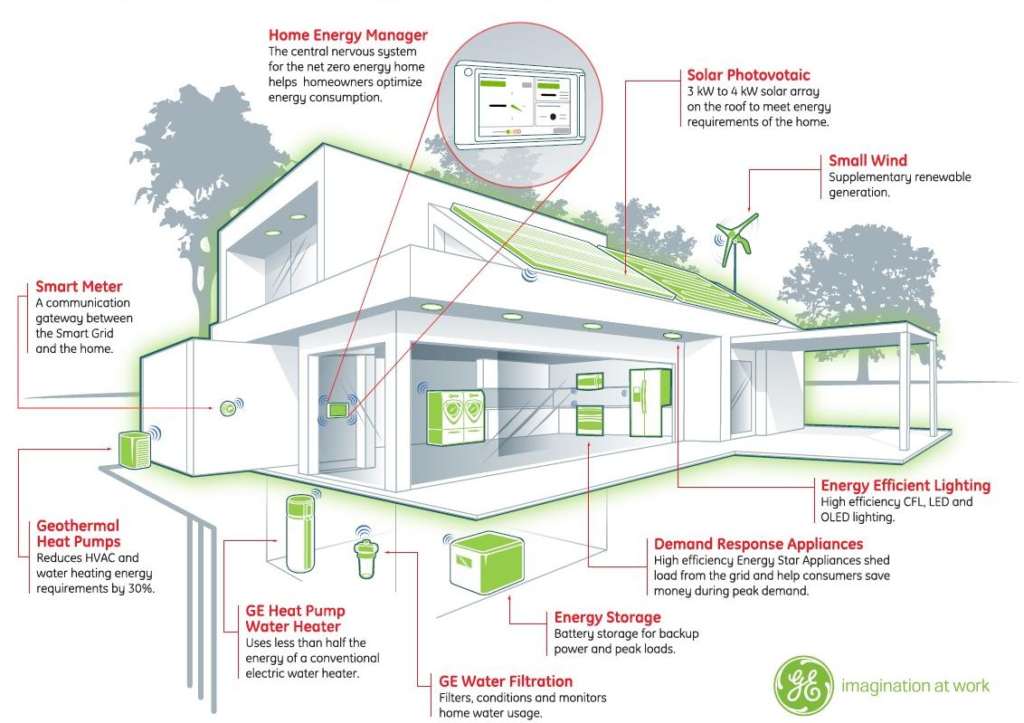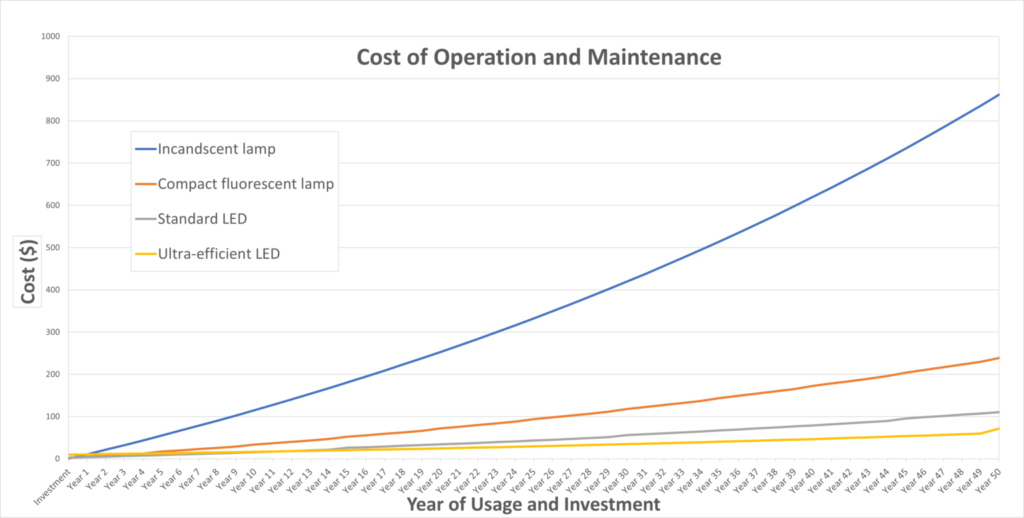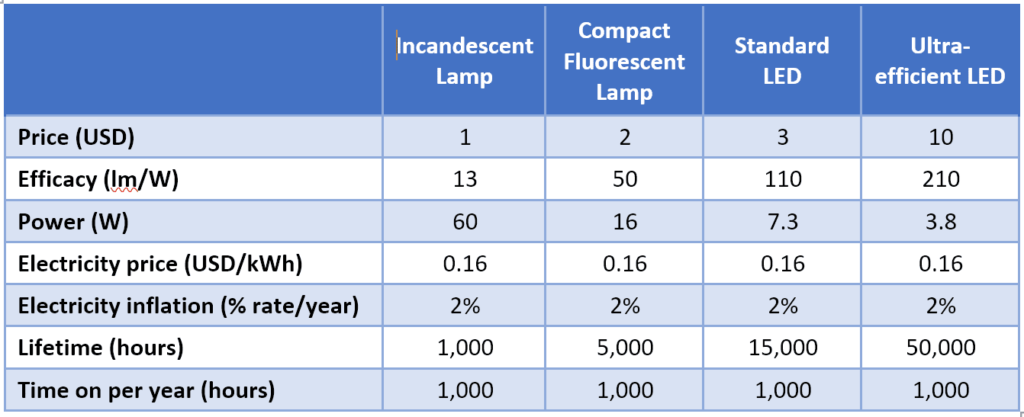Energy management has become more than just a buzzword—it’s a critical strategy for sustainable living and cost reduction. As energy costs continue to rise and environmental concerns grow, implementing intelligent energy management can provide significant benefits:

- 💡 Reduce energy bills
- 🔧 Extended equipment lifespan
- 🌍 Reduced greenhouse gas emissions
- 🌱 Improved air quality
Understanding Energy Consumption in Buildings
Equipment Driving Your Energy Bills
Your building’s energy consumption is influenced by various critical systems:
- Lighting Fixtures
- HVAC Systems (Heat Pumps, Air Conditioners, Room Heaters)
- Heating Equipment (Boilers, Furnaces)
- Cooling Systems (Chillers, Circulating Pumps)
- Kitchen Appliances (Microwaves, Refrigerators, Electric Stoves)
- Electronics (TVs, Computers)
- Laundry Equipment (Washing Machines and Dryers)

Proven Energy Management Strategies for Buildings
As per Natural Resources Canada (NRCan), here are actionable strategies to improve energy efficiency:
- Install Building Management Systems (BMS)
- Automate and optimize energy use
- Provide real-time monitoring and control
- Enhance overall building performance
- Implement Systematic Maintenance
- Ensure optimal equipment performance
- Prevent energy waste
- Extend equipment lifespan
- Upgrade to Energy-Efficient Equipment
- Replace outdated systems
- Choose Energy Star-certified alternatives
- Reduce long-term operational costs
Lighting Efficiency: A Practical Case Study
The Science of Luminous Efficacy
The Illuminating Engineering Society (IES) highlights the importance of luminous efficacy—the ratio of light output to power input:
- Incandescent Bulb: 15–20 lumens per watt
- LED Bulb: 80–100 lumens per watt
Real-World Savings Calculation
Detailed Efficiency Analysis
Scenario: 200 sq. ft. Lighting Requirement
Illumination Standard: 125 lumens/m² (2313 lumens Required)
Comparative Technology Assessment:
- Incandescent Bulb Scenario:
- Wattage: 154 W (W=2313/15)
- Luminous Efficacy: 15 lm/W
- Total Lumens Required : 2,313 lumens for 200 Sq.Ft Area
- Energy Efficiency: Baseline
- LED Bulb Scenario:
- Wattage: 27 W (W=2314/85)
- Luminous Efficacy: 85 lm/W
- Total Lumens Required : 2,313 lumens for 200 Sq.Ft Area
- Energy Efficiency: 82.46 % compared to Baseline

Annual Energy and Cost Savings
- Power Reduction: 127 W (154 W – 27 W)
- Annual Usage: 4,380 hours (50% of year)
Calculations:
- Annual Energy Savings: 127 W × 4,380 hours = 556.26 kWh
- Annual Cost Savings: 556.26 kWh × $0.03 = $16.68 per fixture
Scalability Impact: In a multi-story building with 300 x $16.68 per fixture suites, potential annual savings could reach $5,006.


Beyond Lighting: Comprehensive Energy Management
Potential Savings Across Multiple Systems
By applying energy efficiency principles to various equipment types, organizations can:
- Dramatically reduce overall energy consumption
- Significantly lower greenhouse gas (GHG) emissions
- Achieve substantial cost savings
- Accelerate progress towards sustainability goals
Holistic Energy Transformation Benefits
- Compounded equipment upgrade savings
- Exponential efficiency improvements
- Comprehensive energy management ecosystem
Practical Energy Management Checklist
✅ Replace incandescent bulbs with LED fixtures ✅ Choose Energy Star certified appliances ✅ Schedule regular HVAC maintenance ✅ Optimize thermostat settings ✅ Use smart plugs for real-time energy monitoring
Key Focus Areas for Future Energy Management
- Water efficiency
- Energy efficiency
- Renewable energy adoption
- Reducing reliance on fossil fuels
Conclusion: Building a Sustainable Future
Energy management transcends cost-cutting—it’s about creating a sustainable future. Every strategic step contributes to reduced energy dependency and environmental protection.
References
- NRCan: Energy Efficiency in Buildings
- LED Lighting Efficiency Guide
- Ontario Electricity Cost Statistics
- IES Handbook for Lighting Design and Efficiency Standards
Call to Action
Have questions about energy efficiency strategies? Need tailored advice for your building? Drop a comment below!
About the Author:
Recent Posts:
- Insulation Panels in Cold Room Applications: A Technical Guide for Professionals
- How to Use ASHRAE Climatic Data for HVAC Comfort Applications
- Why Respiration Rate Heat Load Matters in Cold Room Design
- How to Calculate the Total Heat Load in HVAC Systems
- Refrigeration System Design: Complete Guide with Formulas, Calculations, and Best Practices for Engineers
